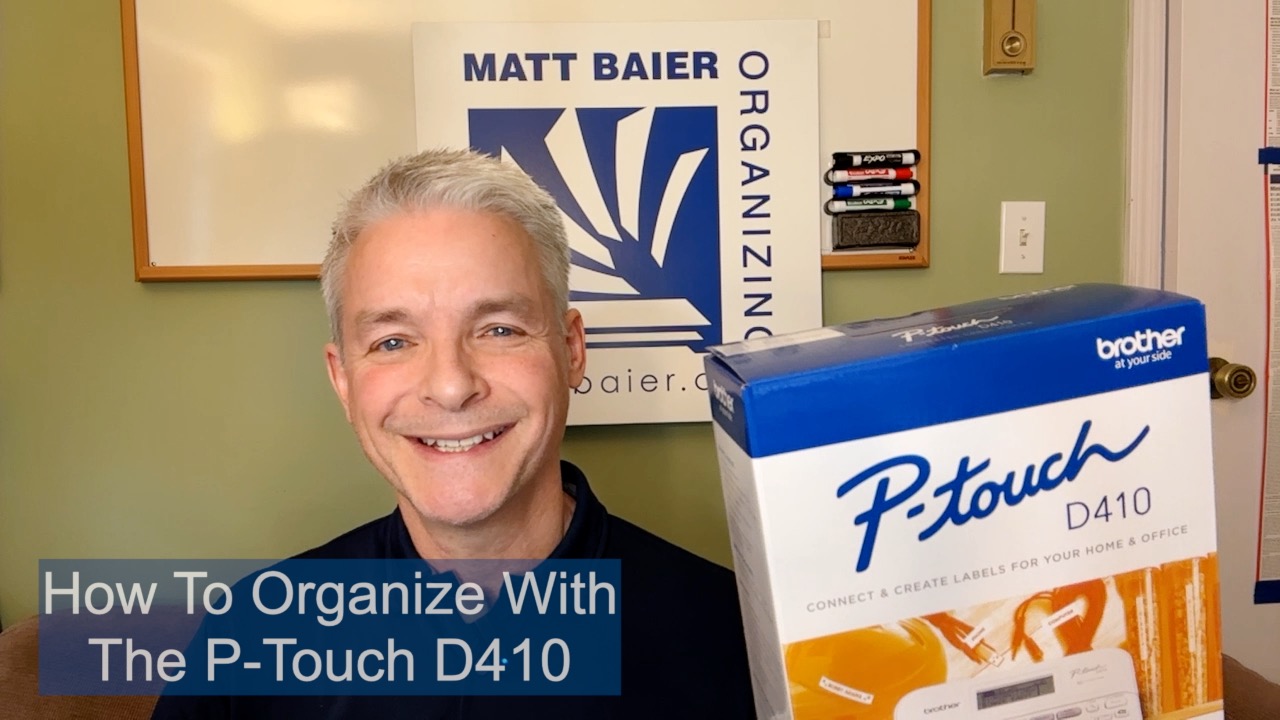Don’t Open What You’re Not Prepared to Close
After I have finished a consultation with a new client and we are ready to start working together, I am often asked, “what should I start working on before your team arrives?” I know this comes from wanting to use our time to her maximum benefit, so I will advise, “It’s not necessary to do anything, but if you must, don’t open what you’re not prepared to close.”
I say this because an unfinished organizing effort on a problem room, can actually make the situation worse. Getting organized always requires pulling things out, spreading them out, and seeing exactly what you’ve got. If there’s no plan for redistributing these things, it’s easy to get discouraged, and leave them out with the intention of getting back to the mess. Somehow that never rises to the top of the priority list. Consequently, the important stuff with once familiar locations gets mixed with the more questionable stuff and you’re worse off.
Finishing what you start can essentially be solved in one of two ways:
- Take on a smaller project, like a junk drawer or a small stack of papers.
- Make the necessary preparations for a large project, so that you can leave and return to it reliably.
Let’s say you want to take on a larger project, like a cluttered guest room. Here are some ways to prepare, so you can always finish what you start.
Staging area. If a room has filled up over the course of days, weeks, months or even years, it is a mistake to think you can organize it in a couple hours. If possible, set up an area outside the room, where you have some comfortable space for processing, including a completely clear table.
Lidded boxes. Getting organized and staying organized are two separate things. Start by sorting like items into clearly labeled cardboard boxes temporarily. That way, when you need to leave the project, sorted items will still be all together and findable. Lidded boxes mean that you can stack them vertically and open up horizontal space to work.
Exit zone. It’s simple physics. If there’s a large volume of stuff in the room, then a sizable volume needs to come out of the room. Designate clear areas for items to toss, items to donate, items to sell, and items to go elsewhere. Again, temporary labels for these areas keep mistakes from happening and they save time when you return to the project.
Timer. It possible to get more done in a focused hour than an unfocused day. Set a timer, move quickly and stay on target. Only answer phone calls that are emergencies. Otherwise, there are very few things that can’t wait an hour. When you wrap up, work towards leaving things in a manageable state to return to.
General to Specific. Don’t start making systems before you get a full handle on the quantity you are keeping. Quantity dictates systems. It is much easier to finish what you start, if you are focus on just one category at a time. That’s why it is always best to start by sorting things into general categories, eg. Office supplies, keepsakes, décor, loose paper, tools, etc
Even if you do take on a smaller, more manageable project like the junk drawer, many of these same rules will apply, if you want to reliably finish what you start.
Please Share With Your Community
Testimonials
What some of our clients are saying
Imagine An Organized Home
















